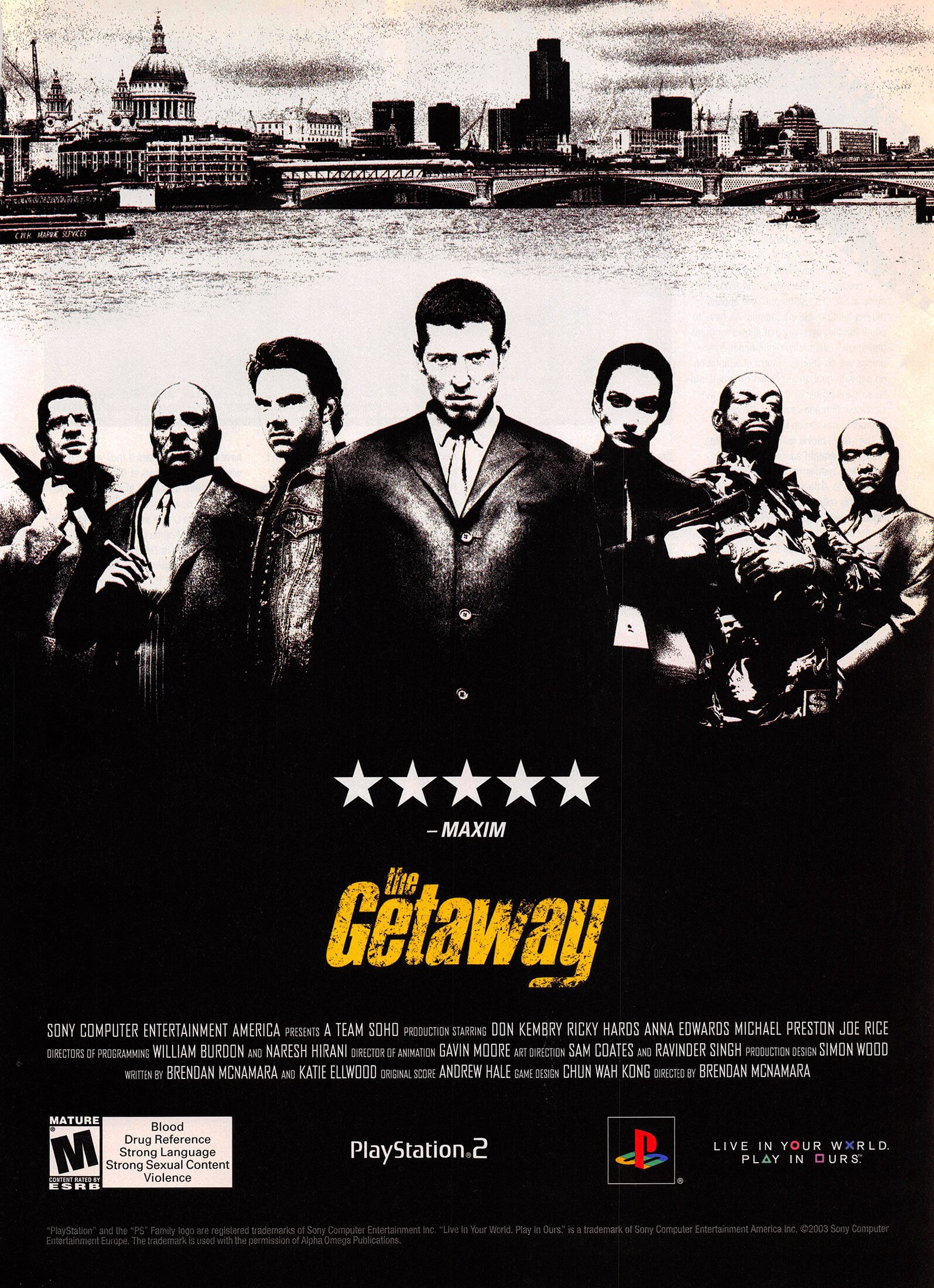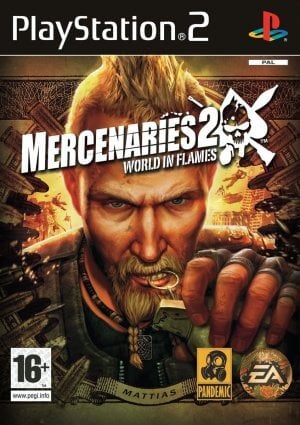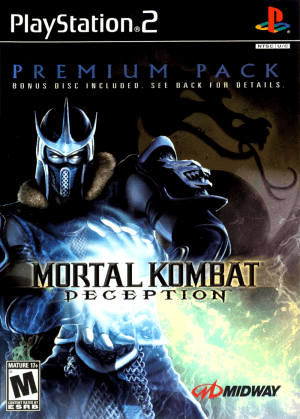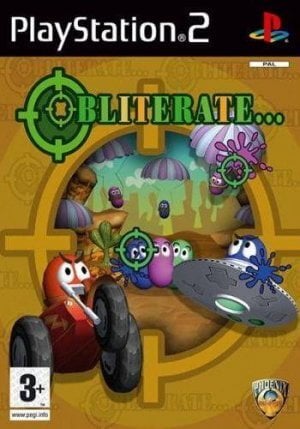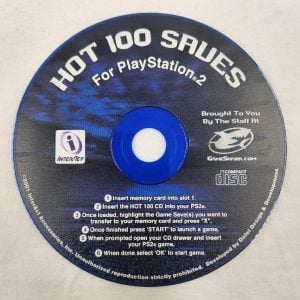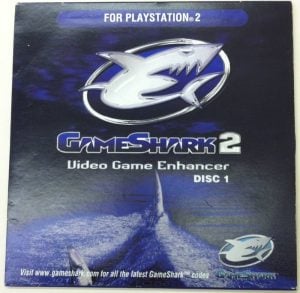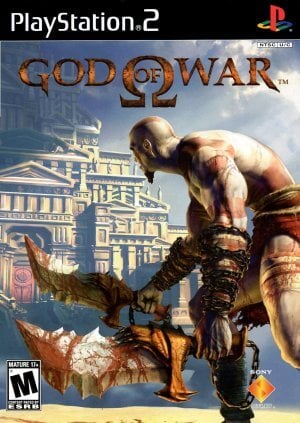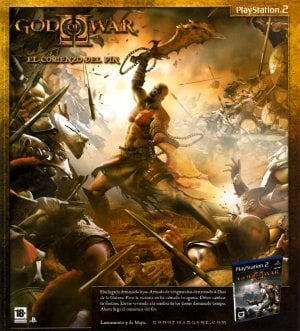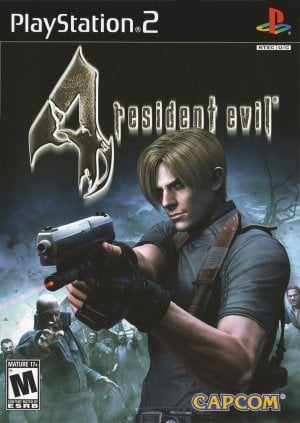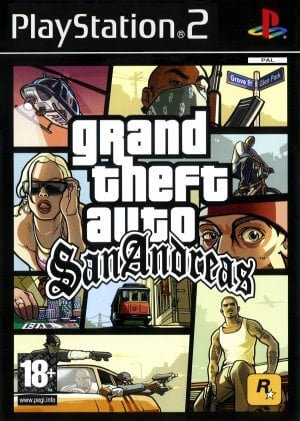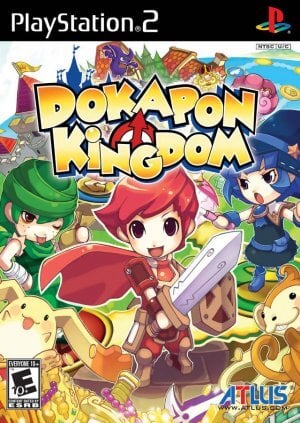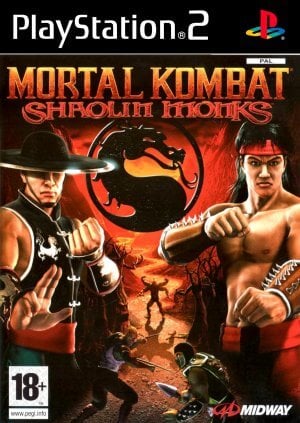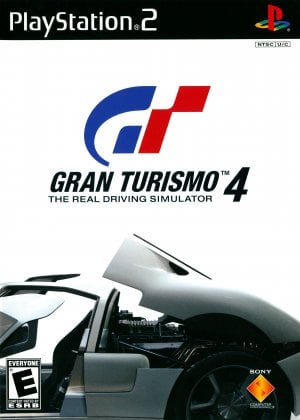Mark Hammond is a former member of the criminal underworld who now wishes to put his past behind him and lead an honest life with his wife and little boy. When the most terrible criminal in London, the organized crime lord Charlie Jolson, decides that he needs Mark’s services and obtains them in a perverted and brutal way, everything goes horribly wrong: Mark’s wife is murdered, he is blamed for this murder, and his child is kidnapped.
Jolson makes it quite apparent that the youngster will be killed if Mark does not carry out what he instructs him to do. Jolson sends Mark on suicidal missions as part of his plan to bring down other criminal organizations in the city. During these missions, Mark is faced with three terrible choices: he can either walk away and lose his son, he can get killed in a battle against overwhelming odds, or he can help Jolson get rid of his opponents all by himself. Jolson is using the helpless man as part of his plan.
As soon as the player finishes Mark Hammond’s story, a new scenario will become available. In this scenario, the player will take control of Frank Carter, a vigilante cop who won’t rest until he puts Charlie Jolson to justice. The occurrences in Frank’s scenario are similar to those in Mark’s, however, Frank’s provides further context for some of the happenings in Mark’s scenario that aren’t fully described.
The gameplay of The Getaway is a combination of driving and third-person shooting, and it is conceptually similar to Grand Theft Auto III. The game takes place in a digital recreation of London, and the player is free to roam the city on foot or by a vehicle as they see fit. In contrast to GTA III, the missions are sequential and follow one another in a manner that is determined by the story. The focus of the game is on the narrative, and there are no free-roaming or open-world elements. The majority of the driving segments have a time constraint, which limits the amount of free exploration you can do.
The gameplay for each mission typically consists of two parts: a third-person shooter segment, which is followed by a driving segment of some kind, and a driving segment that comes after the third-person shooter segment. The driving segment requires the player to drive to a specific destination, sometimes while chasing another vehicle or while being pursued by enemies. The protagonist will regularly run into trouble with the law or with other gangs. The player has the option of walking or stealing any automobile or bus that is found on the streets.
Third-person shooter segments are lengthier and more prominently featured than the analogous sections of Grand Theft Auto III. The protagonist can do a range of actions, including sneaking, crouching, rolling to the sides, and so on. There are a few objectives that place an emphasis only on stealth and will be failed if the player character is spotted by the antagonists. It is possible to use the butt of the gun as a melee weapon, and taking hostages is another option for the player character to utilize to prevent the police from shooting at them.
The game is distinguished visually by the complete lack of any visible interface or text feedback on the screen at any time. Instead of checking a map, the player simply needs to pay attention to the flashing lights on the car in order to arrive at the correct location. It is clear that the protagonist has sustained some kind of injury because his posture has changed, he is moving more slowly, and there is blood on his clothing. Resting (by leaning against a wall) is the only way to restore lost health; there are no health kits strewn throughout the environment. The main character can only hold a maximum of two smaller weapons or one larger weapon at once.
